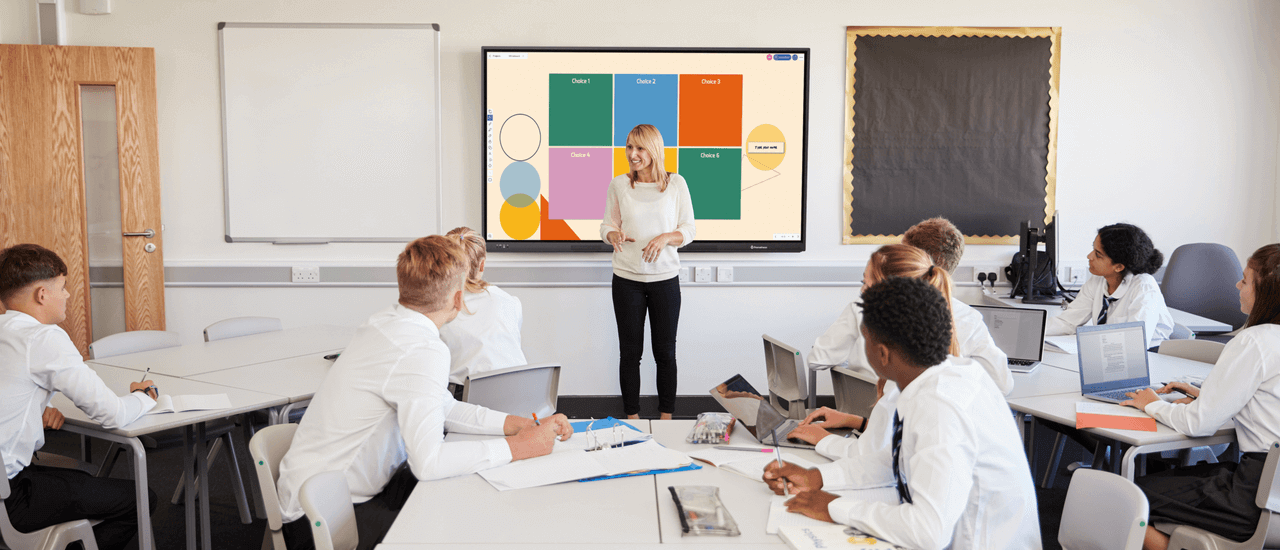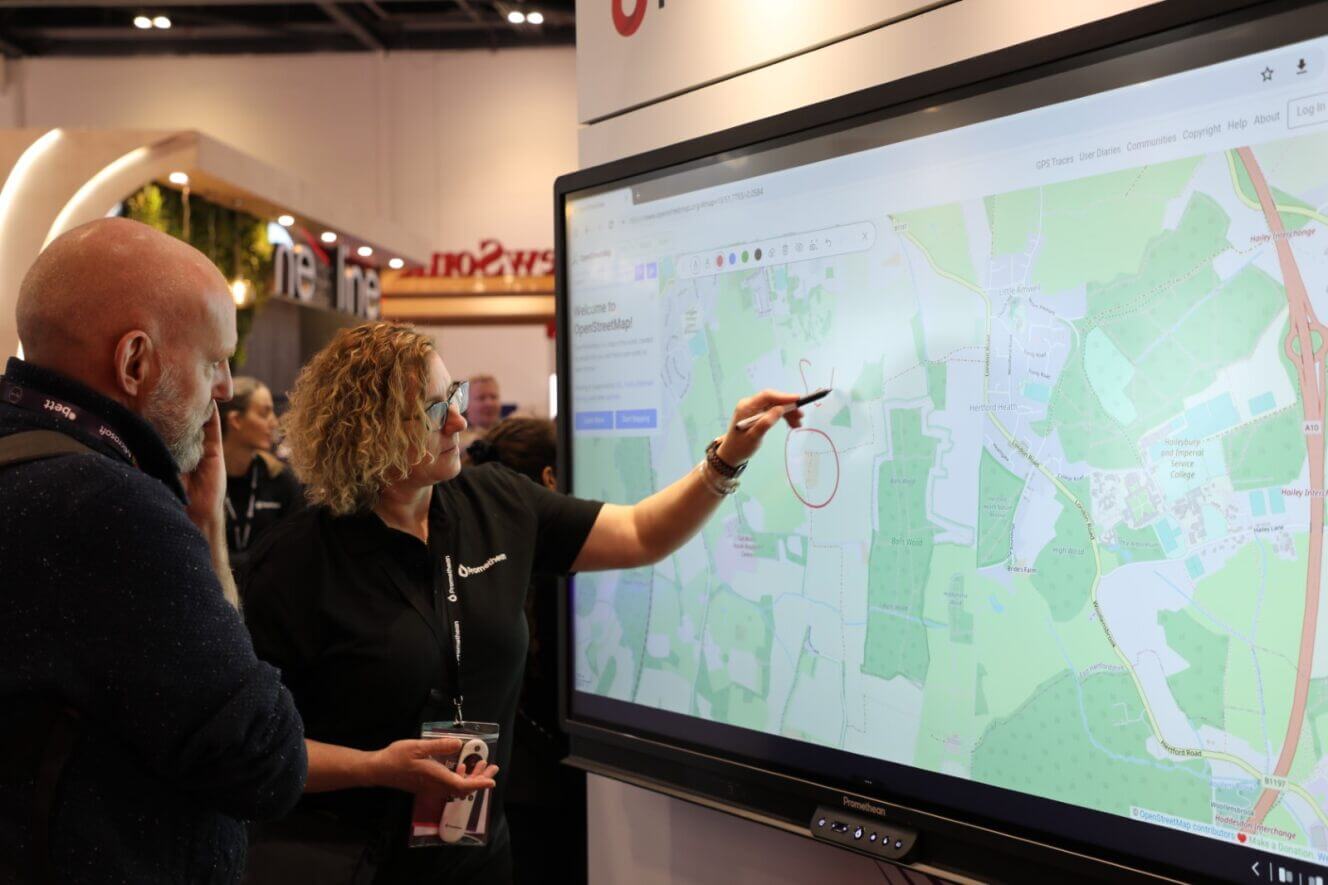Published on August 4th, 2025
Community Involvement Programs – Why is Community Engagement Important in Education?
14 minute read

Community involvement programs involve the active participation of stakeholders from the local community within the educational process, and they are increasingly being acknowledged as a crucial element of an impactful education. Stakeholders most commonly comprise parents or caregivers but can extend to local leaders, alumni or anyone else engaged in the education process or the wider school community.
To understand community engagement in this context, it’s important to recognise it as more than just participation – it refers to the meaningful collaboration between schools and communities to support student learning and development.
Community involvement in education tends to be particularly effective in non-traditional educational models where there’s greater freedom around the interpretation of the curriculum and more opportunity for community buy-in. This is especially pertinent as we are seeing a continued decline of third spaces, such as youth clubs, community centres, etc., across the UK.
The Importance of Community Engagement in Education
The presence of a strong, engaged community surrounding an educational environment has been demonstrated not only to improve academic achievement but also to foster soft skills and a positive sense of well-being among learners.
Strong community involvement in the classroom can help our learners feel safe and connected, enhancing their sense of belonging, which has been proven to positively impact engagement and attendance. Community engagement in schools can also help prevent learning fatigue and improve collaboration and motivation – especially if there are members of the community that our learners are able to identify with involved in their learning experience.
It’s not just our learners who stand to benefit from community engagement strategies – they can help our teachers feel more supported in their roles and better integrated into the local community, improving their sense of well-being and, ultimately, their job satisfaction. Meanwhile, educational leaders are able to pull upon a wider net of resources and support.
Perhaps more interesting and somewhat surprising is the positive impact that this engagement can have on the community itself. Schools practising community engagement have been shown to engender social cohesion and offer opportunities – both social and professional – that members of a community may otherwise not have access to.
Community Engagement Strategies
Community engagement strategies tend to fall into three primary categories:
- Immersing students in the local community
- Bringing members of the local community into the classroom
- Engaging the community on an administrative or social level
A successful and comprehensive community engagement strategy will include elements from each of these three categories. Below are some common examples of community involvement in schools:
Community Governance
Perhaps the most common form of parental engagement in schools is through inviting representation on decision-making bodies or mechanisms. This might be through school boards, more informal councils, or simply by inviting written feedback or input on upcoming changes to policy or procedure. This helps to break down barriers between schools and the local community.
Place-Based Learning
Place-based learning refers to a connection between the learning process and the physical space in which learners are located. It uses the local community and environment as a framework for learning, so might involve field trips to community spaces, historical sites, or local natural spaces, depending on the topic of learning. This helps learners to contextualise their knowledge and understand the relevance of their learning within the wider community.
Service Learning
Expanding on the idea of place-based learning, service learning is a combination of academic learning and community service. It requires students to apply their knowledge to the needs of the community, creating positive change and helping to overcome societal challenges. It might involve litter picking, helping to create a green space for the local community, or building a website for a community-run zero-waste shop.
Community Role Models
Bringing community role models into the classroom is a great way for students to interact with a diverse array of representatives from the local community. This is particularly effective if they don’t see themselves – or their cultural backgrounds – reflected in other members of the school community. Community role models might consist of alumni, students from the local university, leadership figures from the community, or simply members of society who are doing something inspiring or meaningful. This is particularly effective in building motivation and social skills in our learners.
Mentorship Networks
A natural evolution of exposure to role models and mentorship networks can help students to build stronger relationships with community figures with whom they identify. This further increases motivation but also gives them access to new perspectives and opportunities. Mentorship programs can be managed online, making them accessible, low commitment, and easy to engage with and maintain.
Cultural Events and Workshops
School spaces can make great venues for community events. Hosting cultural workshops, artistic performances, exhibitions, or speakers exposes learners and members of the local community to culturally diverse experiences that they otherwise may not have access to. It also helps to build a rapport between the school and the local community, improving relationships that learners might later benefit from.
Developing Volunteering Opportunities
Volunteering opportunities for members of the local community within schools can be a great pathway to employment opportunities. This might be in teaching assistant roles, in more administrative functions, or in event organisation. Employing community members who speak learners’ home languages has been demonstrated to increase community cohesion. Meanwhile, learners gain exposure to aspirational role models.
Community-Based Learning Tools
If you use an interactive display in your classroom, this can be a surprisingly effective tool in facilitating community involvement programs. Below are just a few ways that displays can support community-based education:
Video Conferencing Facilities
With video conferencing apps, you can invite members of the wider community into your lessons to share their knowledge and expertise with minimal commitment. This is particularly useful if, for example, you have a local community leader showcasing a project they’ve been working on and they don’t have time to travel to your school. These apps allow for two-way visual and audio communication, meaning that learners can ask questions and guests can react to the atmosphere in the classroom. This technology is also useful for things like online mentoring.
Enhanced Storytelling
If using a Promethean interactive display, the teaching software can be used as a storytelling canvas for learners to present, for example, community-based research in an interactive and engaging way. Learners can insert videos they may have filmed in the local community or vox pops featuring the views of a diverse range of community figures.
Promethean’s Explain Everything software is an interactive teaching tool that allows for in-person or remote collaboration either in real-time or asynchronously. This means that you can put lessons together with the collaboration of contributors outside of the classroom. If you’re doing a lesson on civic services and you want to collaborate with a local council member on the challenges of waste disposal in a metropolitan area, then you can send them your working document, and they can contribute their knowledge and resources.
Challenges of Community-Based Education
Aside from being a step change from more traditional models of education, there are a number of substantial challenges when it comes to implementing successful community engagement strategies. We need to identify these and do our best to remove the barriers before pursuing community-based education.
Time and Resource
Unsurprisingly, the greatest barrier to developing community involvement programs is the time required to do so. Teachers and leadership teams are already overwhelmed with day-to-day tasks without having to put a framework in place for new ways of working. One solution might be to actually offer the construction of a framework as a volunteering opportunity for the local community, or the Chartered College of Teaching suggests creating a centralised hub of resources and outlining this work as a strategic priority for the institution.
Ambiguity of Engagement Processes
One of the less frequently recognised challenges is that community partners simply don’t know how to engage with a school or when it is appropriate to do so. School administrators will often try to protect the time of their teachers, so even if contact is made, it may not always reach the most appropriate person. The best solution here is to do some proactive outreach, which requires some effort but will be worth it in the long term.
Technological Limitations
A lack of access to technology or a lack of technological proficiency – either on the part of the school or the wider community – can impose an instant limit upon community involvement in education. If you don’t use an interactive display in your classrooms, for example, then this inhibits the capability of bringing community members into the classroom in a digital manner that is accessible to all learners. Similarly, a lack of technological proficiency within the community might be an inhibitor to engagement, so one of your first community involvement programs might be a public IT skills course.
Level Up Your Community Involvement
Promethean’s range of interactive displays and classroom software can help you bridge the gap between your classrooms and the wider community. They allow for real-time collaboration with local stakeholders and leaders, allowing you to bring the community into the classroom in a safe and engaging manner. They also make collaboration between students and stakeholders fun and creative through games, engaging powerpoint presentations, and more.
Contact us today to find out how Promethean can help you kickstart your community engagement strategies.
Community Involvement FAQs
Does community engagement improve academic outcomes?
Community engagement has been demonstrated to drive significant improvements in academic achievement by working directly with agents of that same community.
Does community engagement improve attendance?
Community engagement improves a sense of belonging among our learners, which in turn leads to higher rates of both attendance and retention.
What are some common community involvement examples?
Some common examples of community involvement in schools include place-based learning, service learning, community role models, mentorship networks, community governance, hosting cultural events and workshops, and developing community volunteering opportunities.
What are some of the common challenges of community involvement?
Some common challenges of community involvement include limited time and resources, ambiguity of engagement processes, technological limitations, addressing a diverse set of needs, and overcoming communication barriers.
How can I promote my school’s community involvement program?
You can promote community engagement through school newsletters, on social media, by attending local council meetings and community groups, and by hosting events and workshops.
Related articles:
- Sustainable Teaching: How Technology Can Help You Achieve Your Sustainability Goals
- Digital Citizenship in the Classroom and Our Role as Educators in Teaching Digital Responsibility and Literacy























